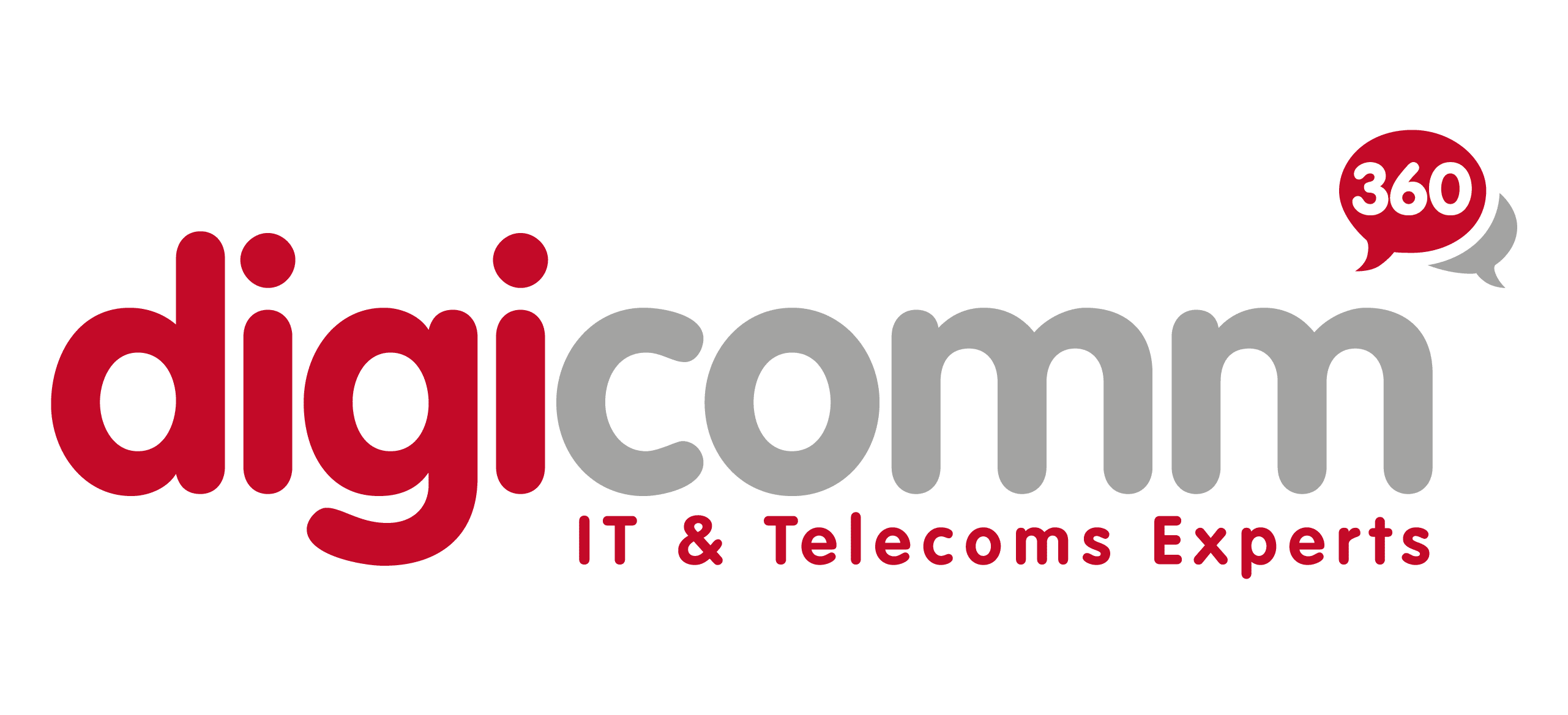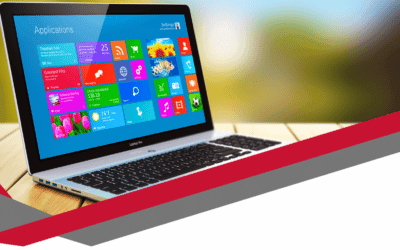The history of email signatures is more fascinating than most people realise. Today, we take them for granted, but the journey from a plain name typed at the bottom of an email to the sophisticated, branded banners we see in our inboxes has been remarkable. What started as a simple courtesy has evolved into a marketing tool, a legal requirement, and a way for businesses to build trust and professionalism online.
When email first emerged in the 1970s through ARPANET (the early version of the internet), users had limited formatting options. Messages were plain text only, and if you wanted the recipient to know who you were, you had to type out your name, job title, and phone number at the end of every single message. No logos. No hyperlinks. Just a few lines of text typed by hand. It was functional, but it lacked personality.
Over time, as email technology matured, automatic footers were introduced. This was a game changer. Instead of typing out the same details repeatedly, users could save a template that appeared at the end of every message. The earliest automatic signatures still looked basic, but they saved time and ensured consistency across communication.
As the internet expanded through the 80s and 90s, businesses began to see the potential of email as more than just a messaging tool. Marketing departments realised that every outgoing email was a chance to reinforce brand identity. Suddenly, signatures weren’t just about contact details — they became a place for logos, slogans, and even promotional banners. The shift marked a new chapter in the history of email signatures.
Today, email signatures are an essential part of professional communication. They do more than sign off politely. They act as digital business cards, brand ambassadors, and even mini-marketing campaigns that reach hundreds, if not thousands, of inboxes each week.
The Early Days: ARPANET and Plain Text Signatures
Back in the 1970s, ARPANET connected researchers and government institutions long before the world knew the internet. Email quickly became the go-to method for sending information. However, the system was incredibly simple. There were no graphics, no fancy fonts, and certainly no clickable links.
Instead, early users would sign off with their name, job title, and sometimes their office phone number. This practice is where the very first email signatures were born. They weren’t stylish, but they helped recipients know who was sending the message. Think of it like a handwritten letter in the post. You’d always sign your name at the bottom. Email signatures were simply the digital version of that habit.
The Rise of Automatic Signatures
By the 1980s and early 1990s, email software began to offer automatic signature features. This development saved time and kept communications more professional. Instead of manually typing out “John Smith, Research Department, MIT” at the end of every message, users could set a default footer that appeared automatically.
This was a turning point in the history of email signatures. Email was no longer just about efficiency. It was also about presentation and consistency. Every email looked more professional, and colleagues and clients received the same information every time. It was during this era that businesses started to see email as an extension of their brand. Much like a letterhead or business card, the email signature became a space to communicate identity and reliability.
HTML and the Branding Boom
The mid to late 1990s brought the next big change — HTML email. Suddenly, users could add colours, fonts, and images to their messages. This opened the door to branded signatures with company logos, slogans, and hyperlinks.
Marketing teams embraced this shift quickly. Instead of a plain block of text, an email could now carry the company’s branding, a clickable website address, and even promotional banners for events or campaigns. What had once been an afterthought became a valuable marketing tool.
By the early 2000s, the email signature was no longer just a courtesy. It was a key piece of corporate identity. Businesses invested in design templates to ensure every message looked consistent across departments. This professional approach reinforced trust and gave clients a clear sense of brand values.
Legal Requirements in the UK
The history of email signatures is not just about style. In the UK, regulations also shaped their use. Under the Companies Act 2006, all private and public limited companies must include certain information in their business emails. This includes:
- The company’s registered name and number
- The registered office address
- The place of registration (for example England and Wales, Scotland, or Northern Ireland)
These details are not optional. Failing to include them can result in penalties and even fines. So, for UK businesses, an email signature is more than branding — it is a legal necessity.
The Modern Email Signature
Fast forward to today and the email signature is a highly flexible tool. Many businesses use branded HTML signatures with logos, social media icons, and promotional banners. Some add clickable calls to action, such as links to book a meeting, download a brochure, or visit a website. Others prefer a minimalist approach, using only essential details like their name, role, and phone number. Both styles have their place, but one thing is clear: email signatures are here to stay.
Interestingly, signatures are not just for businesses. Freelancers, job seekers, and professionals across all sectors now use them to make a lasting impression. A well-designed sign-off can create trust and leave recipients with a positive view of your professionalism.
Email Signatures as a Marketing Tool
Every email you send is a branding opportunity. Think about how many messages you and your team send each day. Each one is a chance to share your logo, website, and latest updates.
A good signature can direct people to your social media channels. It can promote upcoming events or seasonal campaigns. It can even encourage people to book calls directly through a link. At Digicomm 360, we often help businesses make the most of their communication tools, from headsets to email systems, because every touchpoint matters when it comes to customer relationships.
Your email signature is like a digital handshake. It leaves people with a final impression, and in business, impressions matter.
How Email Signatures Will Evolve Next
The history of email signatures continues to evolve. Today, many companies experiment with interactive elements such as video thumbnails, QR codes, and live social feeds. These features make signatures more dynamic and can drive higher engagement.
With the rise of mobile devices, signatures also need to adapt. A design that looks polished on a desktop might look messy on a smartphone. Responsive design is no longer just for websites; it’s essential for email too.
We may also see more integration with marketing automation. Signatures could change depending on who you email, tailoring the message to suit the recipient. For instance, a client in Manchester might see a link to your local office, while a London-based partner might see a different message.
Why the History of Email Signatures Matters Today
You might be wondering why the history of email signatures is important. The reason is simple. It shows us how small details evolve into powerful communication tools. What started as a typed name has grown into a vital part of digital branding.
Understanding this journey helps businesses make better choices today. Instead of treating your signature as an afterthought, you can use it strategically. It’s an opportunity to show professionalism, build trust, and promote your services with every email you send.
For UK companies, there’s also the legal angle. By including your company registration details, you stay compliant and avoid unnecessary fines. This compliance demonstrates reliability, which can reassure clients.
A Quick Look at Email Etiquette and Future Trends
The history of email signatures also reminds us that digital etiquette has evolved alongside technology. Early users had no emojis, no colour, and no branding. Yet they still understood the importance of signing off.
Today, we balance professionalism with creativity. Emojis can add personality, but overusing them might look unprofessional. Logos and banners can boost recognition, but too many graphics may slow loading times. The challenge is finding a style that reflects your brand while keeping emails clear and easy to read.
As technology advances, we may see more AI-driven signatures. These could adjust in real time to include relevant offers, content, or personalised messages. The future of email signatures is likely to be interactive, dynamic, and smarter than ever.
For businesses, this evolution is a reminder to stay ahead. If your signature feels outdated, it might send the wrong message. A refresh can show that your company is modern, professional, and connected.
Using the Past to Shape the Future
The history of email signatures is a story of growth. From the humble beginnings of ARPANET in the 1970s to today’s sleek, branded, and interactive designs, email signatures have become a vital communication tool. They are not just about saying goodbye politely. They are about identity, trust, and marketing.
Every email you send is an opportunity to showcase your brand and connect with clients. By understanding how signatures have evolved, you can design one that fits today’s digital world and positions your business professionally.
At Digicomm 360, we know that communication matters. From emails to business headsets, we help UK companies improve the way they connect with customers. To explore more about how digital tools can work harder for your business, take a look at our services or visit the Wikipedia page on email history to see how far communication has come.
So, the next time you sign off an email, think about the legacy behind that little block of text. The simple act of typing your name in the 1970s has evolved into a powerful digital tool for today’s businesses. The signature at the bottom of your message might be the detail that makes you stand out.









